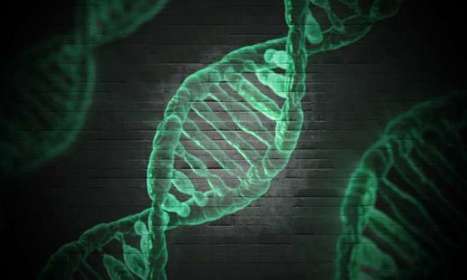Building on a track record of developing adeno-associated viral (AAV) vectors as a groundbreaking clinical tool for gene therapy and gene editing, Children's Hospital of Philadelphia (CHOP) researchers report a more sensitive method for capturing the footprint of AAV vectors—a broad range of sites where the vectors transfer genetic material. By capturing the full range of gene expression patterns caused by AAV vectors, the technique is expected to significantly advance the already rapidly developing field of gene therapy
These vectors deliver their "genetic cargo" into tissues, after which the modified genes will create new instructions for those tissues and help treat disease. Vector technology that was pioneered at CHOP led to the development of the first FDA-approved gene therapies, including Kymriah for B-cell acute lymphoblastic leukemia and Luxturna for inherited retinal disease.
For safe and effective application of these vectors, researchers must have a complete picture of where the virus delivers its genetic cargo in the body. Conventional methods to define gene transfer rely on fluorescent reporter genes that glow under a microscope, highlighting cells that take up and express the delivered genetic material. However, these methods reveal only cells with stable, high levels of the cargo. The new technology described in this study allows researchers to better detect where the cargo is expressed, even if it is expressed at extremely low levels, or only for a very short time.
"Conventional screening methods miss transient or very low levels of expression from AAV viral vectors," said study leader Beverly L. Davidson, Ph.D., Chief Scientific Strategy Officer at CHOP and Director of the Raymond G. Perelman Center for Cellular and Molecular Therapeutics. "What this study shows is that AAV vectors lead to gene transfer in many more places than we and other groups initially realized." Gaining a complete picture of the reach of this genetic cargo is particularly relevant following the discovery of the CRISPR/Cas9 system, which has revolutionized genome editing—removing, adding or altering sections of DNA—and opens the door to a new degree of precision medicine. CRISPR/Cas9 gene editing machinery, when expressed in cells even for a short time or at low levels, permits targeted DNA editing.
The study was published July 30, 2019 in Nature Communications:



 Your new post is loading...
Your new post is loading...







